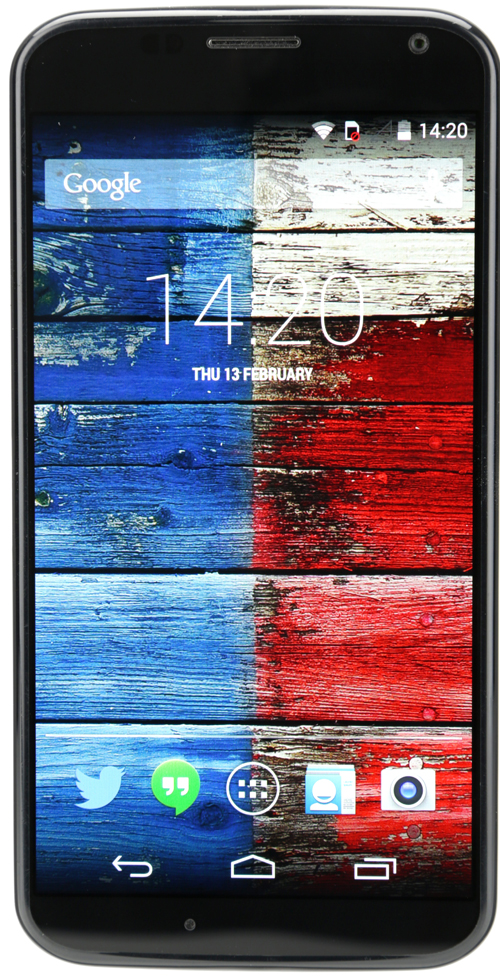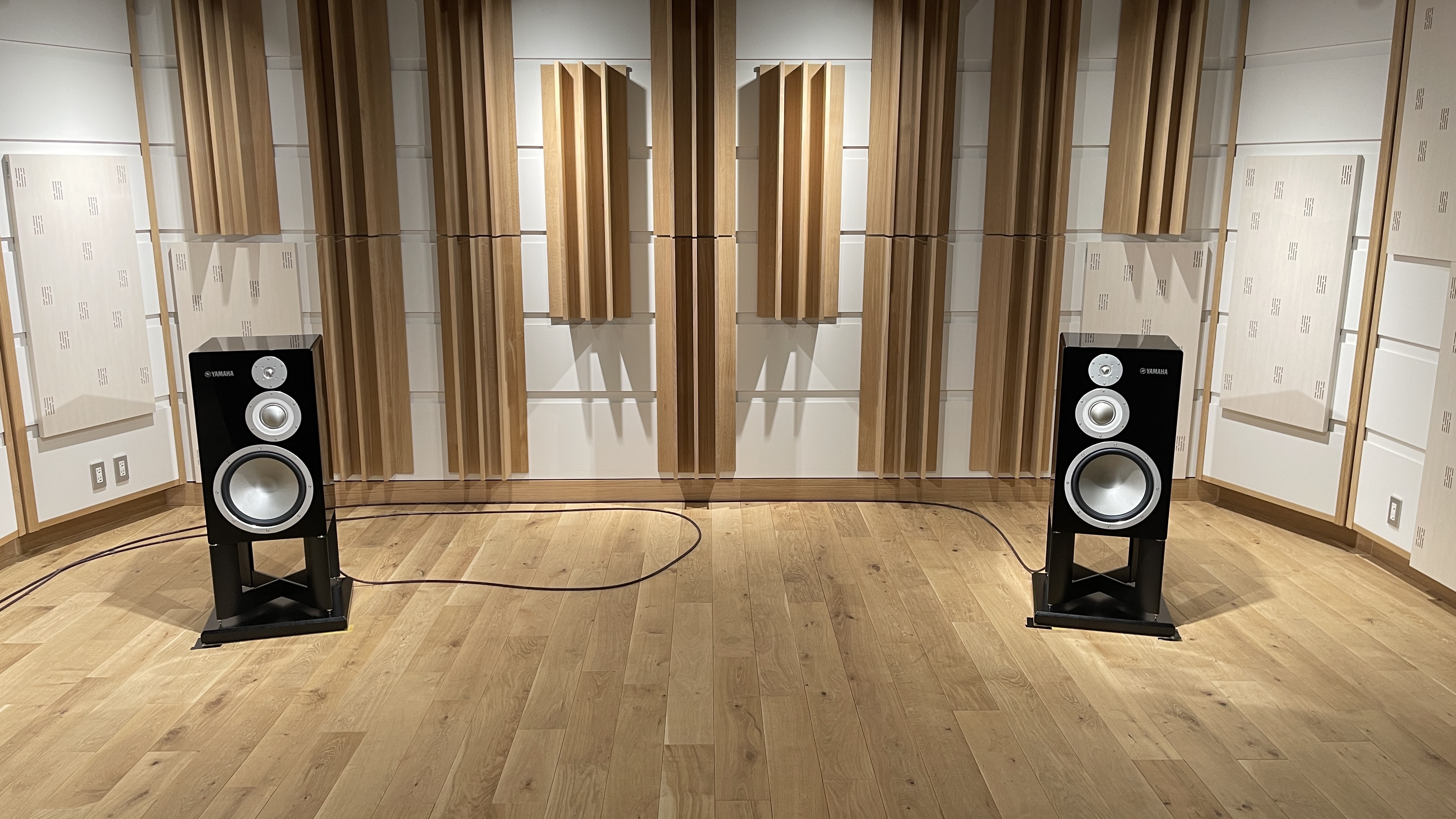What Hi-Fi? Verdict
A valiant effort. The Moto X does stand out from the crowd. But its asking price is too high considering other smartphones on the market
Pros
- +
Standout features
- +
Solid build
- +
Android 4.4 Kit Kat
Cons
- -
Poor screen
- -
Poor camera quality compared to rivals
- -
More expensive that better specced rivals
Why you can trust What Hi-Fi?
You’d be forgiven for thinking the Motorola Moto X is just another Android smartphone attempting to enter an over-flowing market and hoping to grab your attention.
But it does have one standout feature that no other Android, or indeed, smartphone, has: 'touchless controls'. This means you can control certain aspects of the phone without having to press any buttons.
How does that work? It is essentially always listening for you to say 'OK Google Now', after which it will ask you for a command.
These can include asking questions, opening apps, sending messages or playing stored music. In our tests this worked well, even from a distance and in a noisy environment.
It shows that Motorola – at the time of production under the leadership of Google – realises that in order to succeed in the current market, it needs to be different.
Screen
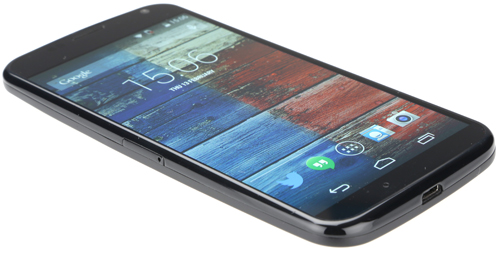
Comparing the screen of the Moto X with that of the LG G2 with high-definition video, there is a clear winner.
Colours on the LG appear more natural than on the Motorola. Contrast is better too. City lights at night are more clearly defined on the LG; lights in the same scenes on the Motorola appear blurrier.
The same is apparent when viewing an HD clip from Iron Man 3, this time comparing the Moto X with an iPhone 5s.
In a fast-moving scene where Iron Man is flying and shooting his blast ray, motion is a lot smoother on the iPhone, as are edges of the suit.
Colours again appear more natural. The Motorola struggles with the same movement, and we noticed a lot of noise.
The Moto X does have dark blacks in its favour, some of the darkest we’ve seen in fact. In this respect, it can outdo the LG and the iPhone 5s, but not enough to win us over.
Sound quality
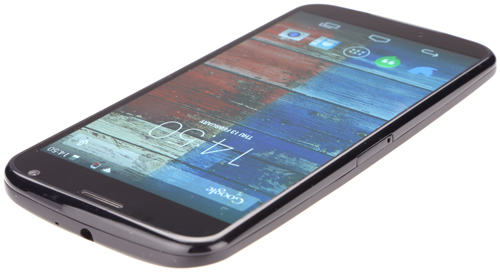
When the Moto X is coupled with the award winning SoundMagic E10s, sound quality is admirable.
We listen to a CD-rip of Jenny Was A Friend of Mine by The Killers. The song begins with panning sounds of helicopters followed by guitars; a few drum beats, and then into the first verse.
The Moto X handles these quite well. The placement of the helicopters is good and the dynamic changes in the track are handled well. Finally, the drums have real attack to them.
One point we would make is that the bass can overpower the rest of the song, and make the overall sound a little muffled.
The iPhone 5s doesn’t have this problem: it too handles the dynamics well, but bass is more refined and overall, delivers a better listen.
Design

The Moto X is plastic, but it by no means feels cheap. It’s solid and the soft matte curved back provides good grip.
It’s comparable in size to the Sony Xperia Z1 Compact but Motorola has managed to squeeze in an extra 0.5 inches of screen, bringing total screen real estate up to 4.7-inches. Some achievement.
It is a small phone, and the curved back feels nice in the hand, with power and volume rocker keys being well placed and falling nicely to the fingers.
With the majority of phones following a similar design at the moment, it’s nice to see differences. Motorola has opted for a pattern on the rear. It’s nothing major, but in a mobile world of gloss or aluminium, it’s something.
Camera
The 10-megapixel camera can take good photos but it is susceptible to over-saturating colours. Reds for example appear more vibrant than they should.
Low-light performance isn’t brilliant, but resulting images are more accurate than those taken on the LG G2.
The G2 in comparison takes photos of greater accuracy in normal and brightly lit situations. Reds are more natural, and closer to the original subject.
In the examples below, the G2 images are on the left, Moto X images on the right.
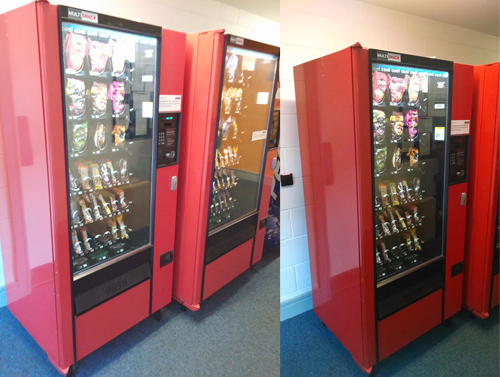


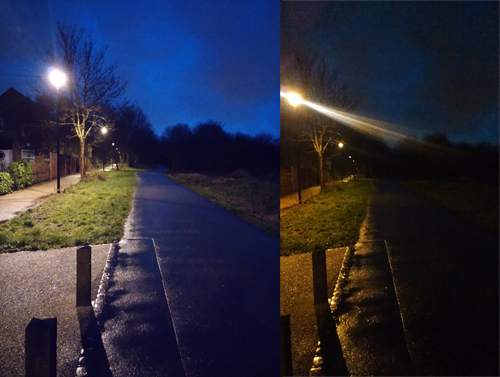
Motorola has equipped the camera with some intuitive features - a double flick of the wrist opens it up, for example.
A swipe from the left brings up the usual settings: flash, HDR and shutter sound. It can record in 1080p at 30fps for slow-motion video too.
Features and usability
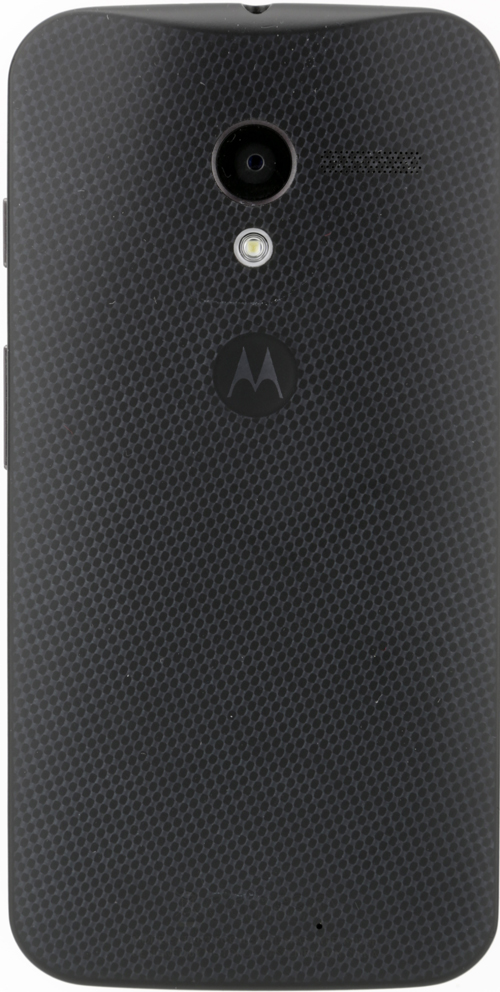
Other than the Touchless Controls, the Moto X has another ace up its sleeve – Active display.
When the phone realises it’s in your hand it will briefly display the time and any unread notifications.
Pressing a notification prompt of an unread email for example, will show you who it’s from, and some of the text – you can then swipe to open the email app.
Instead of just covering the usual apps – text, email, missed calls – others are catered for too: Spotify; Real Racing 3 and Twitter. It’s a nice touch that we found to be useful on a daily basis.
The Moto X isn’t the quickest phone around – the 1.7GHz Quad-core Snapdragon S4 Pro processor is quite dated now.
As a result of this, there is a touch of lag at times: album covers don’t load instantly in the music player and high-intensity games such as Real Racing 3 can be a bit jittery.
The phone runs on Android 4.4 Kit Kat – it’s the only phone at the moment other than the Google Nexus 5 to come running the software straight out of the box.
Quite simply, we love Kit Kat. Integration with Google Now is seriously impressive.
It gives you travel times to saved or recently searched places, cinema listings based on your location, or local photo spots.
It will even bring up reviews of products you searched on Google. We never thought we’d need something like this, but now find it hard to live without.
Battery
Motorola claims the 2200mAh battery can give up to 13 hours of battery life. In our test, it took us 2 hours 50 minutes to fully charge.
We then left it with wi-fi and location turned on and Spotify and Real Racing 3 running in the background.
Screen brightness was on automatic, and we had battery saver turned on.
We managed to get a full 24 hours of use from the phone. Expect this to be reduced somewhat if you're constant checking social media or streaming music or video.
Verdict
We want to like the Moto X. Features such as active display and touchless controls really do make it stand out from the plethora of Android smartphones on the market today. It has excellent battery life too.
It’s the rest of it that lets it down, and because of this, we have to question its £380 price tag.
There are cheaper phones that have better specifications that we’d recommend, most notably, the Google Nexus 5.
MORE: Best smartphones to buy in 2014
MORE: Awards 2013: Best smartphones
What Hi-Fi?, founded in 1976, is the world's leading independent guide to buying and owning hi-fi and home entertainment products. Our comprehensive tests help you buy the very best for your money, with our advice sections giving you step-by-step information on how to get even more from your music and movies. Everything is tested by our dedicated team of in-house reviewers in our custom-built test rooms in London, Reading and Bath. Our coveted five-star rating and Awards are recognised all over the world as the ultimate seal of approval, so you can buy with absolute confidence.
